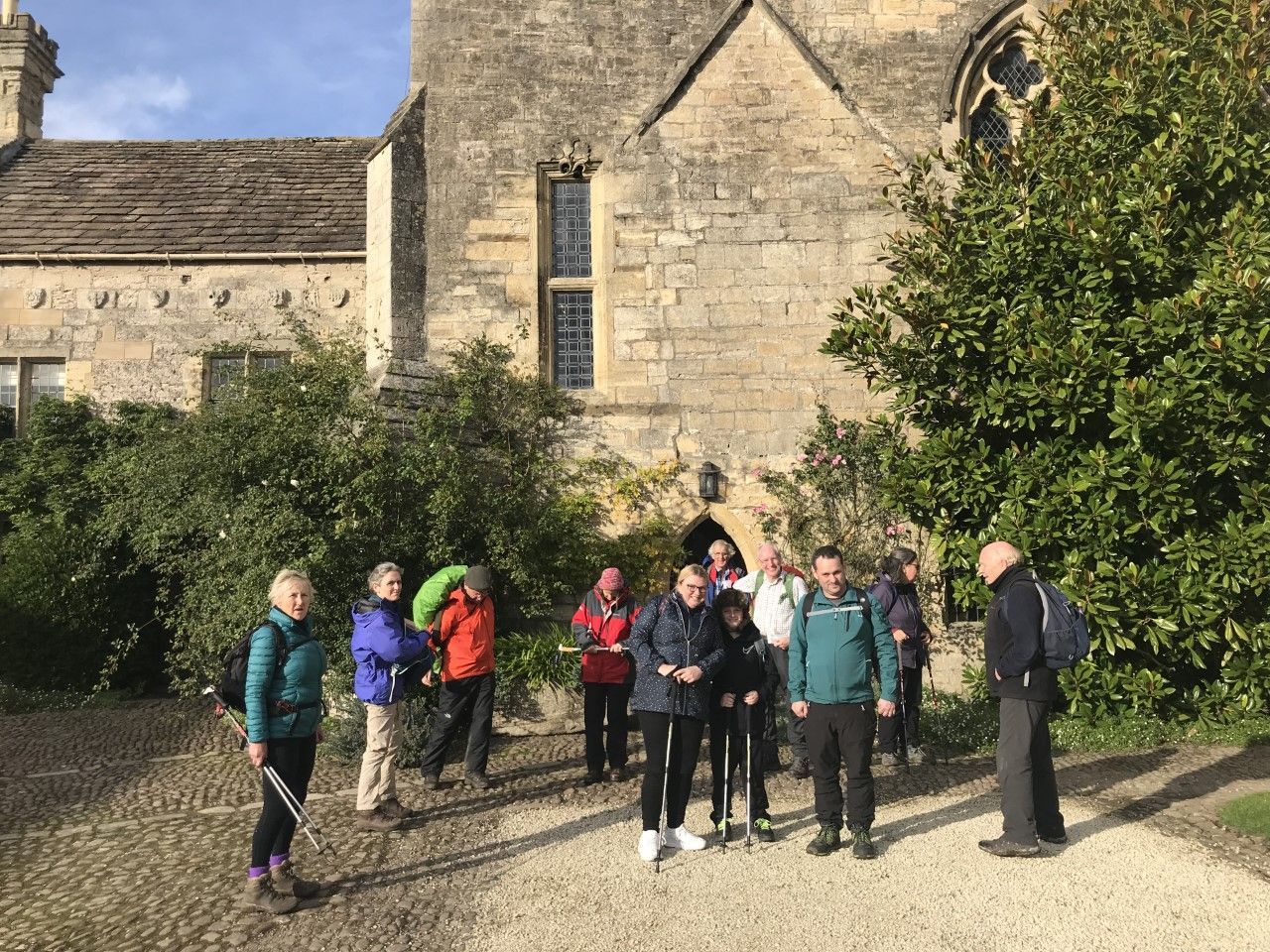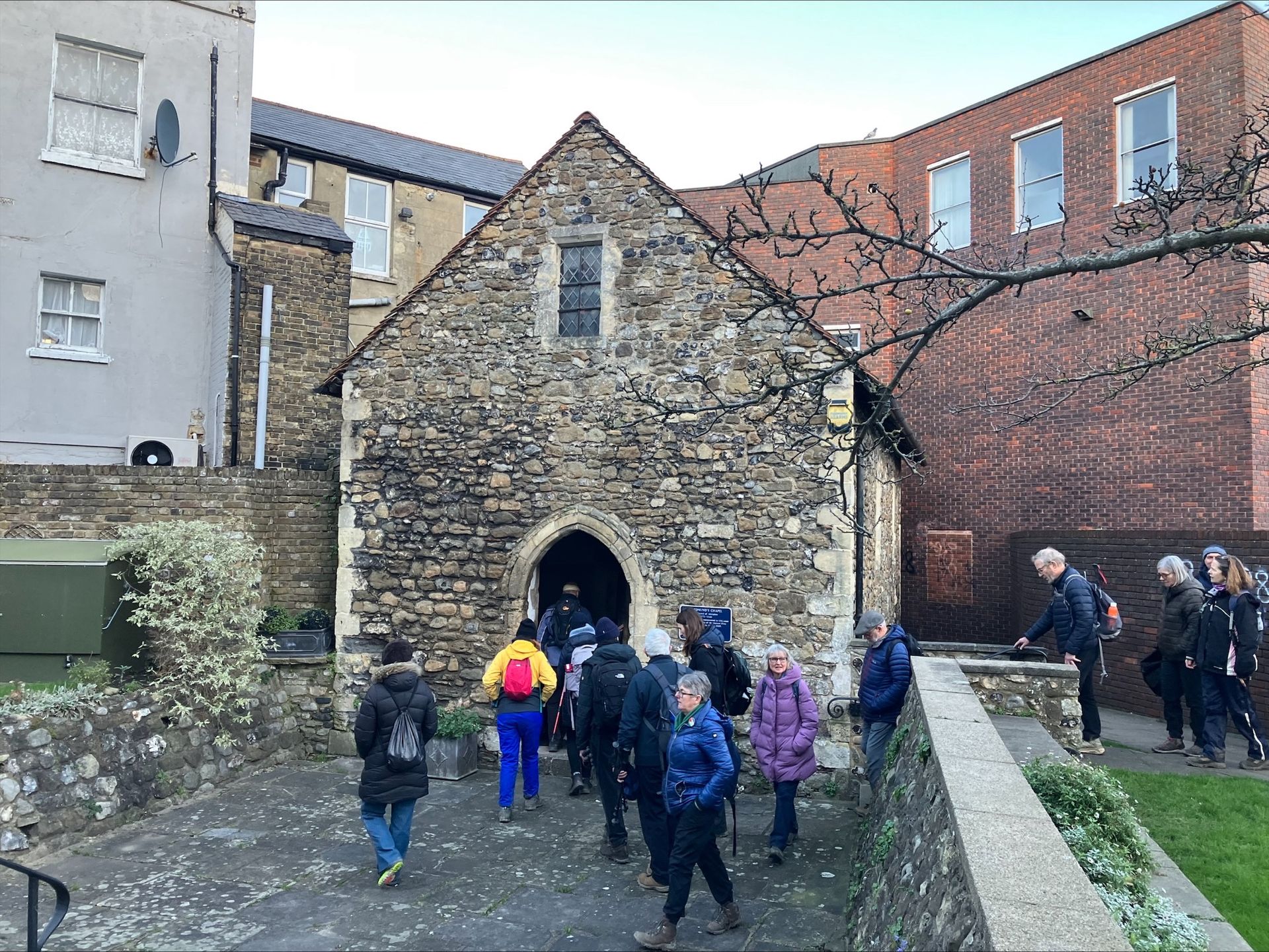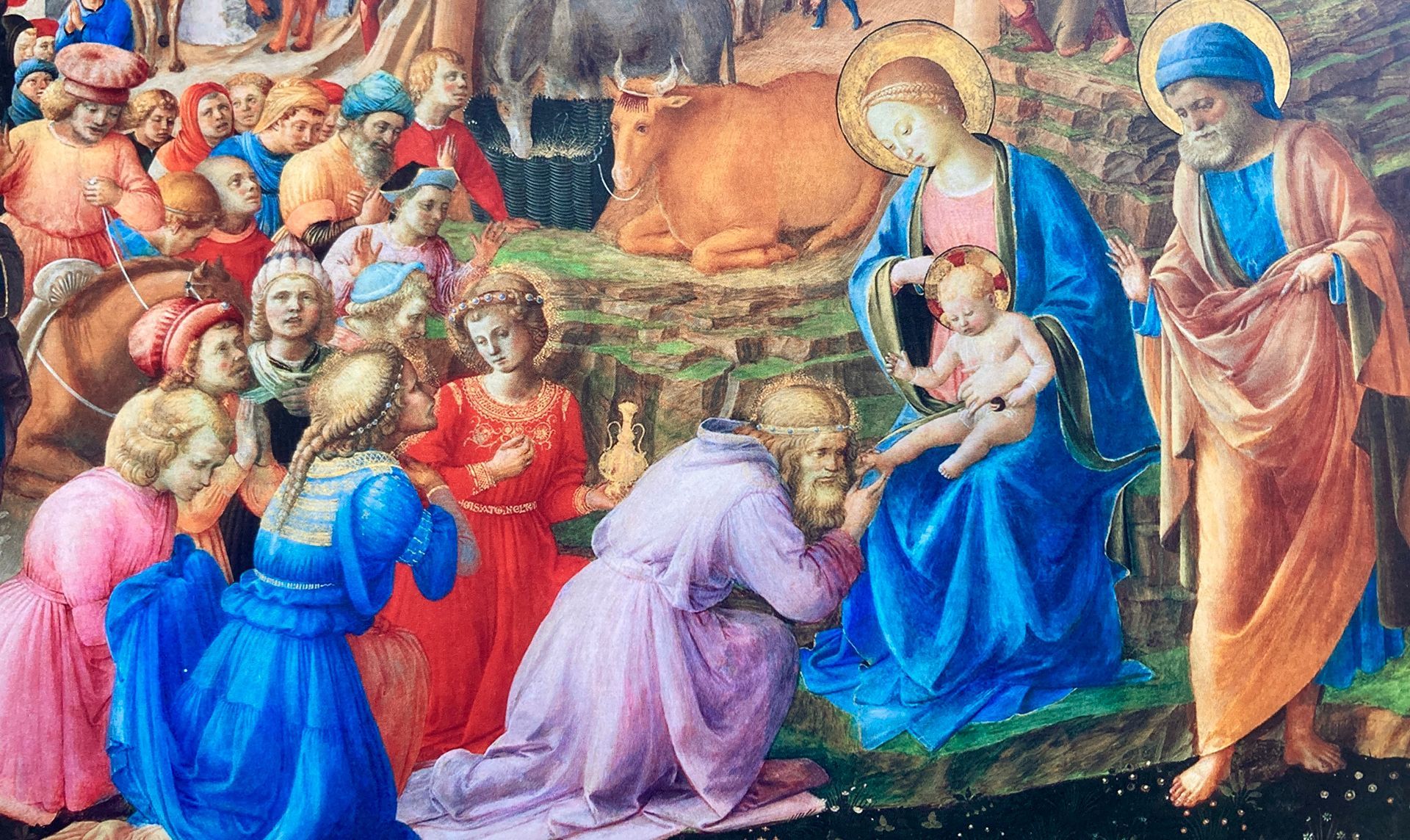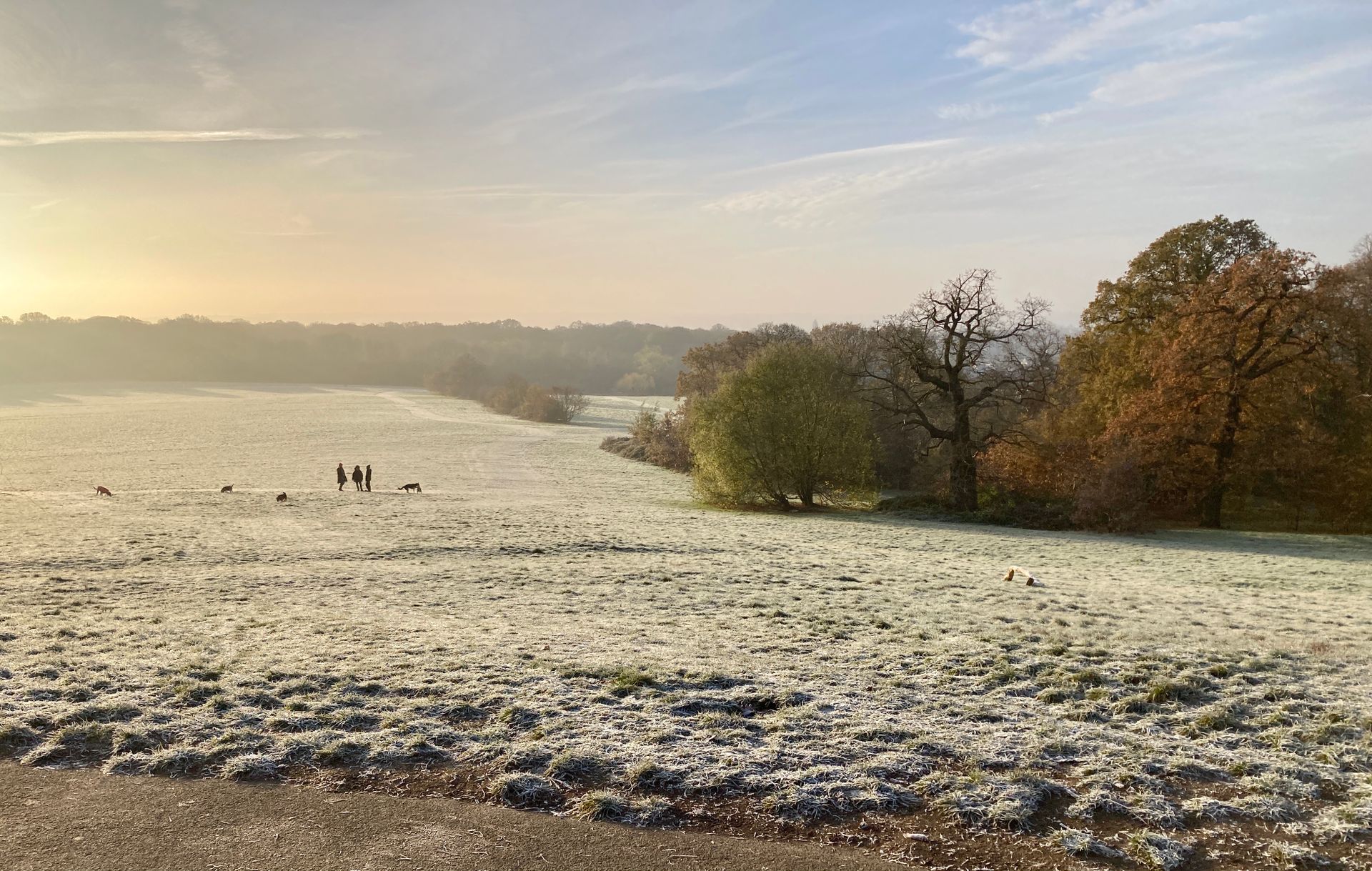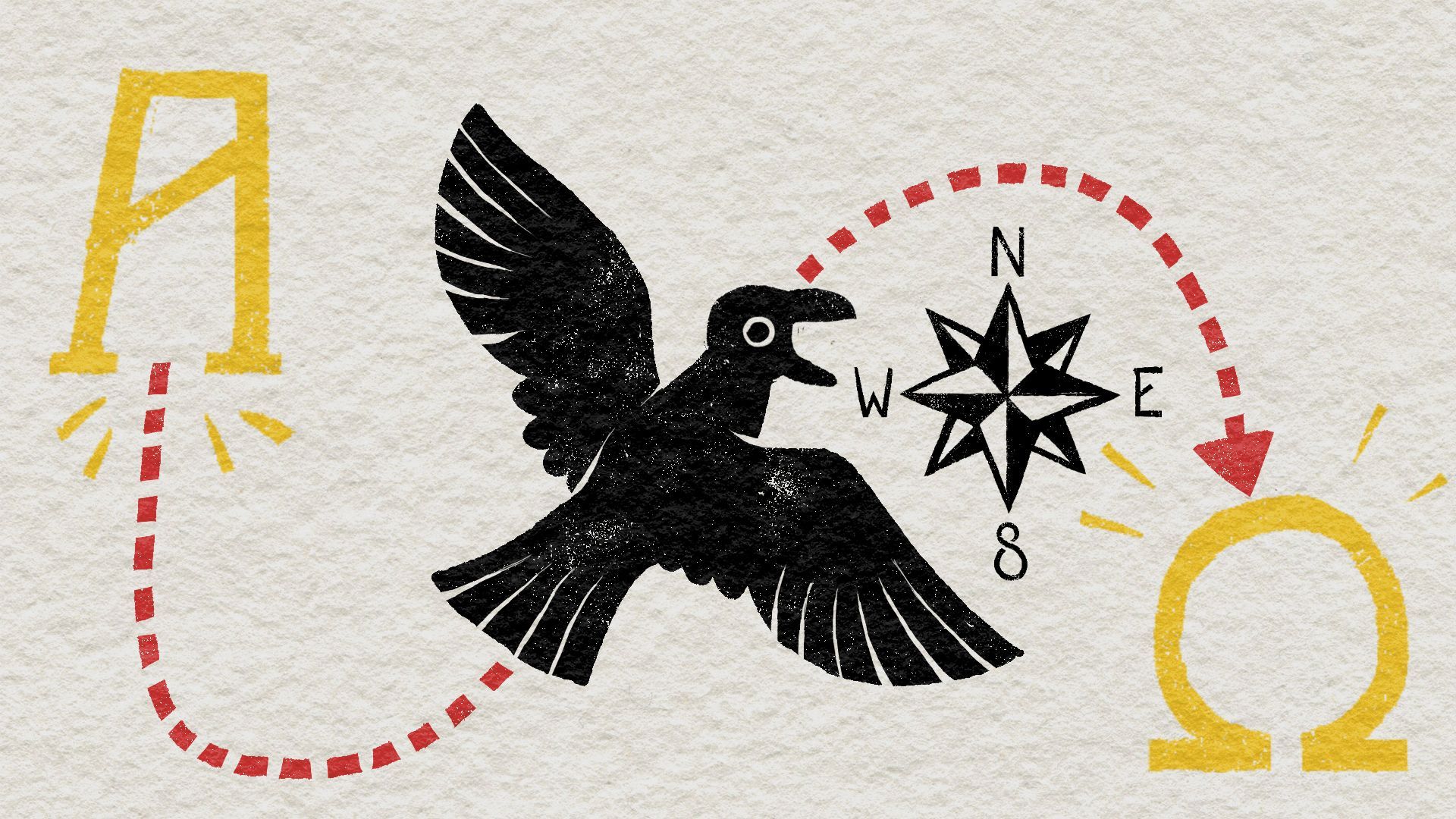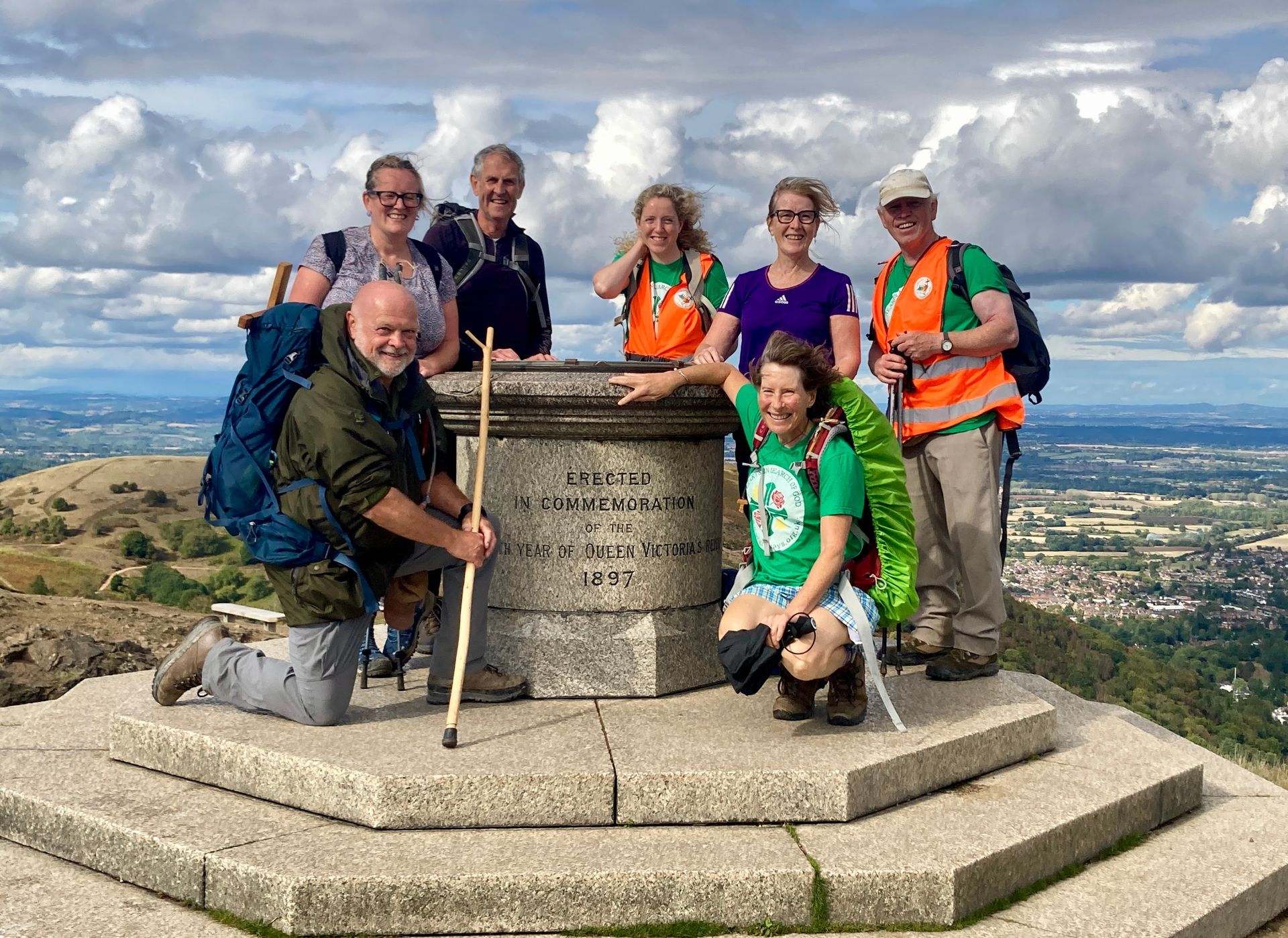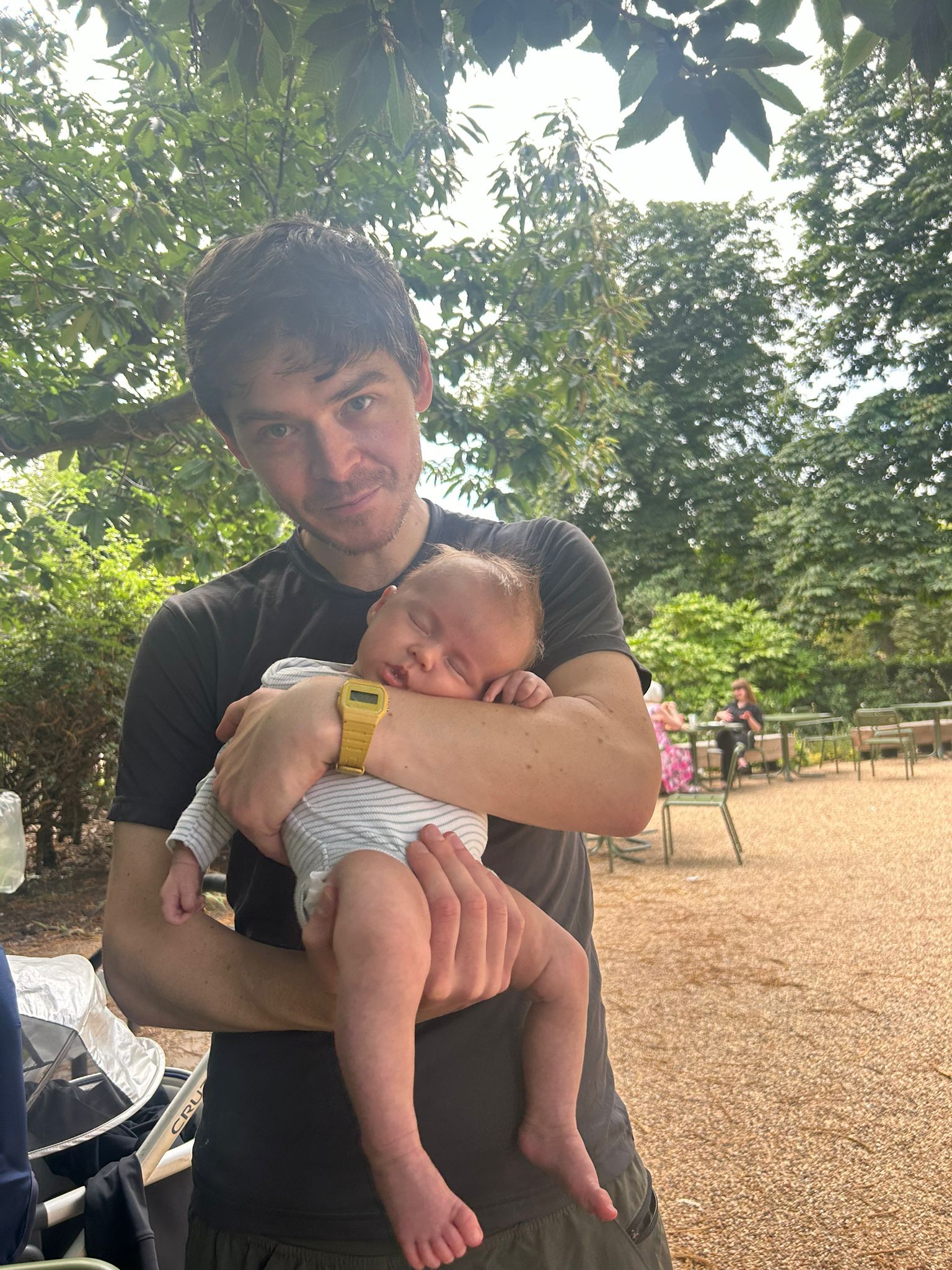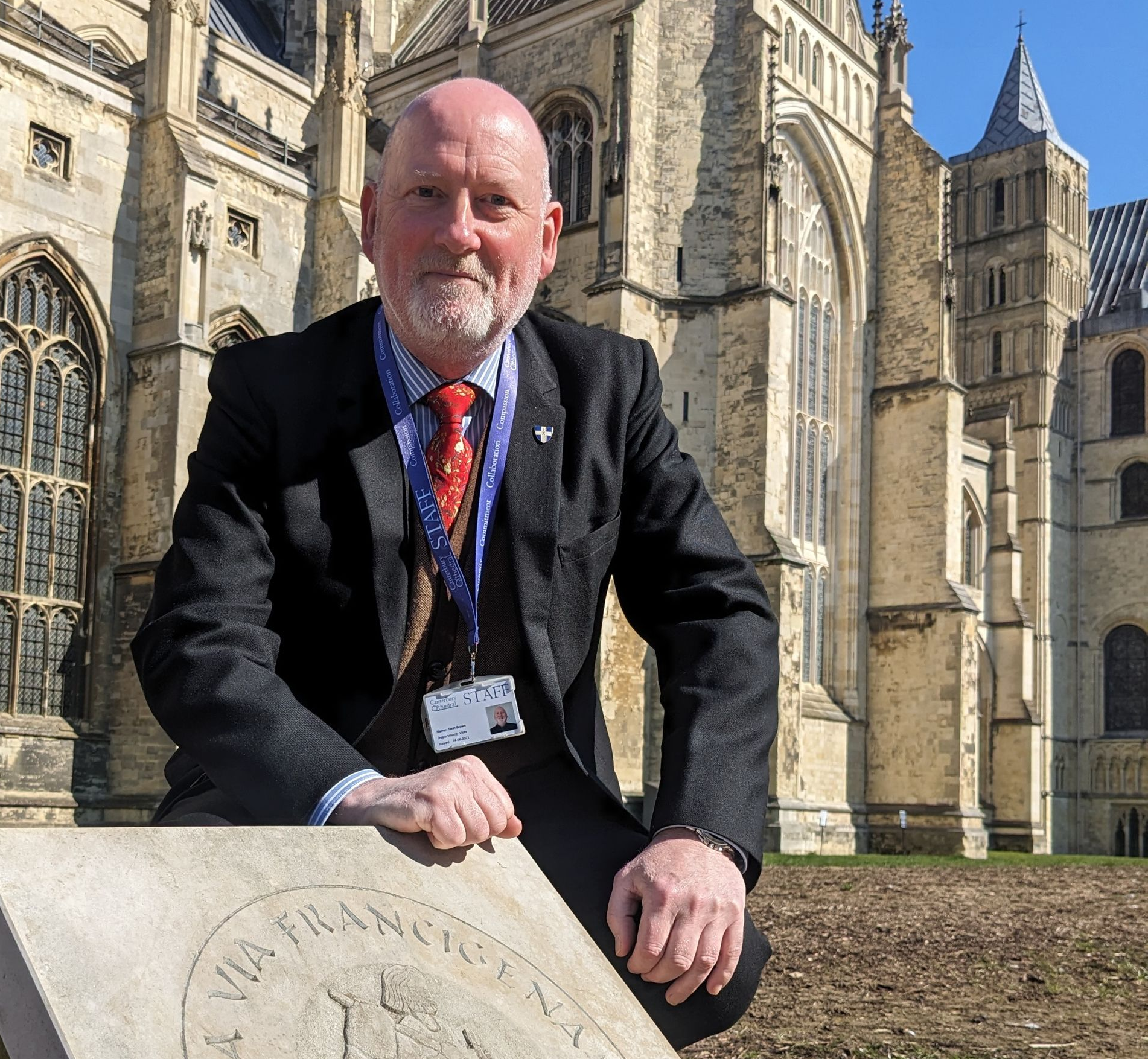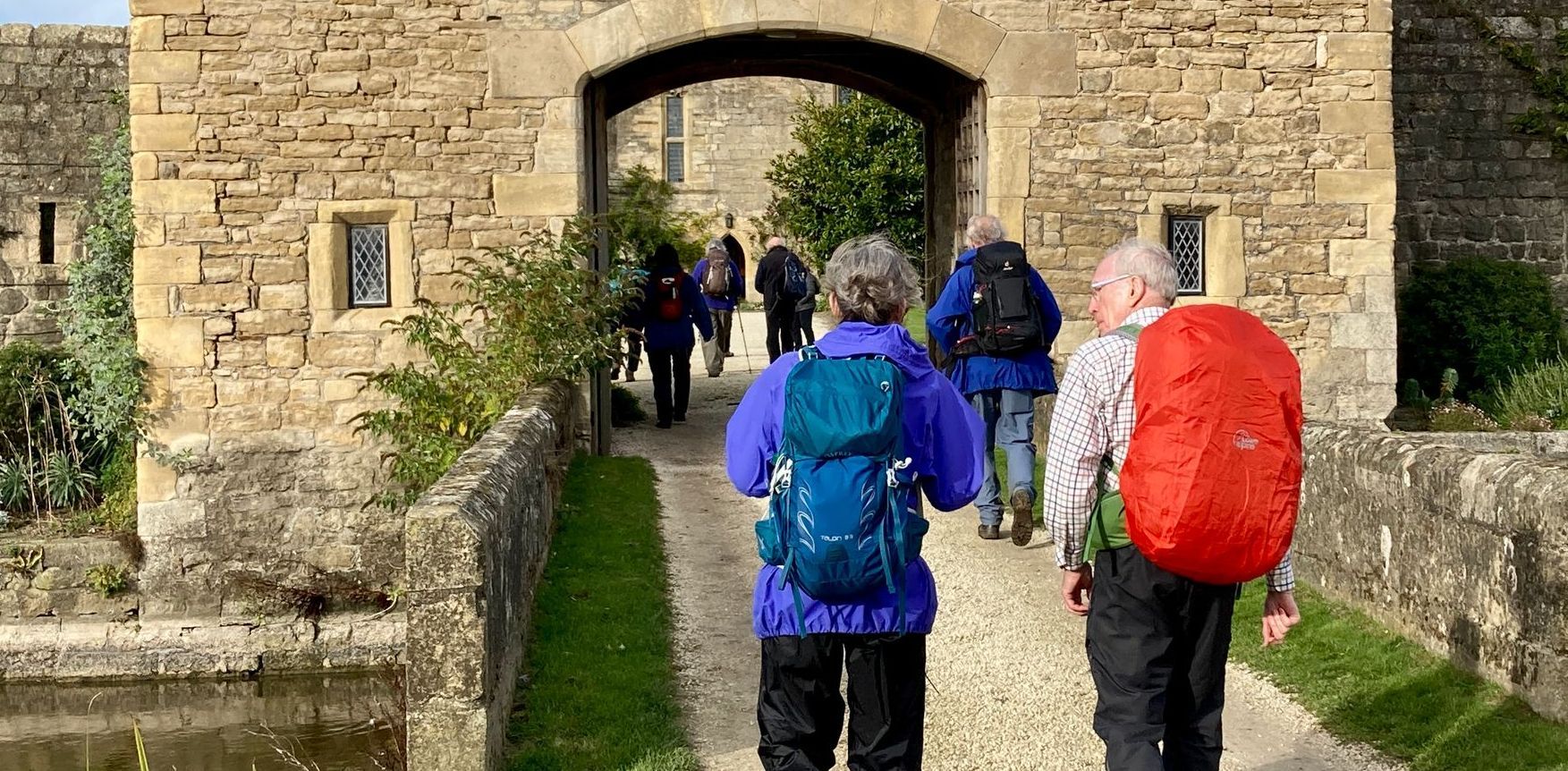Walking the Way of Our Lady of Guadalupe
As we made our way slowly past the spread of commercial units on the outskirts of the town of Olney the familiar refrain of the hymn Amazing Grace began to take shape in our heads. We had chosen the hymn at our wedding many years ago in the industrial heartlands of South Yorkshire never thinking that at some time in the future we would be visiting Olney, the place where it was written two hundred and fifty years ago. Yet here we were, on pilgrimage sitting in the vibrant square, beneath the town sign with its depiction of the lace making heritage of the town and the church of Amazing Grace, about to enjoy a generous portion of fish and chips.
Pilgrimage is no longer fashionable in the UK although there is a rich heritage. We were currently making our way from the Cathedral of Our Lady Immaculate and St. Thomas of Canterbury, Northampton to the shrine to Our Lady of Guadalupe, Parish of the Holy Child and St. Joseph Bedford. The day had started early with a lift to the edge of Northampton and a bus ride into the town, then a short walk to the cathedral. At the Cathedral the priest was leading the daily office before mass. While exploring the church after mass the priest enquired about our interest and became very enthusiastic on hearing of our intended pilgrimage. He took time to explain the meaning of the triptych behind the altar. The theme of flowing water was resonant as we would be following the river Nene for some time and then finish by following the river Great Ouse into Bedford. A brief visit to the welcoming Café 1850 in the Cathedral grounds for restorative drinks gave fresh impetus to our endeavour. The route took us through busy streets past the Anglican church of the Holy Sepulchre. Unfortunately the gate was locked so we could only peer through the gate. The next stop was Beckett’s well. It is reputed that the fugitive Thomas Beckett stopped here for refreshment although we can’t be certain. Behind the bars of the stone shelter are depictions of the saint’s story.
The route then takes us alongside the river Nene. The canoeists at the Nene white water centre were clearly enjoying the fine weather. Earth embankments in the Northampton washlands evidence the possibility of flooding and the need for flood mitigation. The flood storage reservoir was noisy with a good number of waterfowl. After the locks the route leaves the river and wends through suburban Little Billing to the shrine of Our Lady of Perpetual Succour at Great Billing. Not sure if we would be able to access the shrine it was a relief to see a few of the parishioners gathered for the Rosary. They were very welcoming to two pilgrims.
Unfortunately time was pressing so we regretfully declined their invitation to join them. Crossing the river again we made our way uphill to the village of Cogenhoe. The Cogenhoe and Whiston Heritage Society have been very active in recognising and celebrating local residents with a number of blue plaques in evidence. Over a style we ascended the Jerusalem Steps and made our way around fields of ripening cereal crops. It was after one such field that we came upon Emmaus village, this village is a charitable organisation offering active support to those who have experienced homelessness.
The way then passes across the main approach to Castle Ashby House. The view back along the road to Castle Ashby house was spectacular. In St. Andrew’s church Yardley Hastings we were pleased to discover a stained glass window showing St. James as a pilgrim complete with scallop shells. Soon after that we encountered a sociable group who turned out to be model aircraft enthusiasts, using a flat piece of grassland to pursue their hobby. In Olney, supper finished, our lift back home arrived.
The following morning we returned to Olney and made our way to the church of Our Lady Help of Christians and St Lawrence for Mass. At the end of a prayerful service the Priest gave a pilgrim blessing. Several parishioners asked about our walk including a Sister who told how as novices at Turvey they were made to walk to Olney for mass but not back. How wise of the Mother Superior to support the physical as well as spiritual needs of the nuns.
In Olney the route took us to the church of St. Peter and Paul. It was here that the hymn Amazing Grace was first heard on 1st January 1773, although we can’t be certain that it was to the now familiar tune. The path then lead over fields and across the river Great Ouse to Turvey Abbey. We meandered through open fields and villages heading towards Stevington windmill. Going through the village a car pulled alongside and the lady driving asked how we were getting on. She had been in the congregation in Olney and was concerned as to whether we might make the last bus back from Bedford to Olney. Reassurance was given that we were on time to make the bus, although it would be a bit close. Continuing across fields we could see in the distance a figure introspectively gazing at the ground. Then moving a little and repeating the process. As we got closer we could see that there was definitely some reason for his actions. He explained that he was trying to photograph butterflies. His particular target was the Hedge Brown, Gatekeeper butterfly. We wished him every success and continued on our way.
At the church of St. James, Biddenham we replenished our water bottles from the outside tap. On the outskirts of Bedford, cycle ways led through newly built housing and beside the river Great Ouse towards Bedford town centre. We finally left the river to walk through the busy streets. Not without having a moment to look at the Sikh temple which dominates the local view. The sat nav guided us unerringly to the church which houses the shrine of Our Lady of Guadalupe. Having placed our petitions at the shrine we made the short trip to the bus station and our return to Olney.
Attendance at Mass, visiting the shrines, the beauty of our countryside, the steady rhythm of walking allowed time for reflection, time to be at peace in God’s company, which is so often missing from our busy lives. Through their buildings and legacy of hymns past generations can tell us what Faith meant to them. John Newton underwent a pilgrimage of his own as he slowly moved from being an active participant in the slave trade to being an abolitionist.
